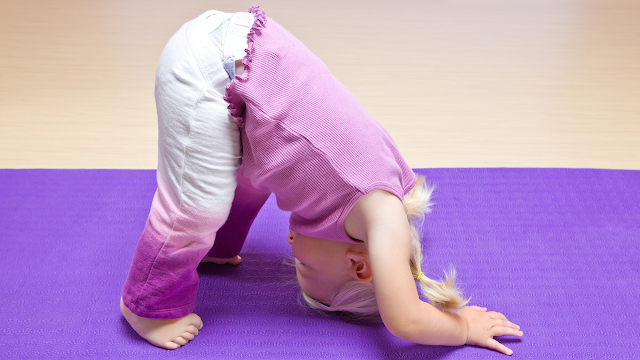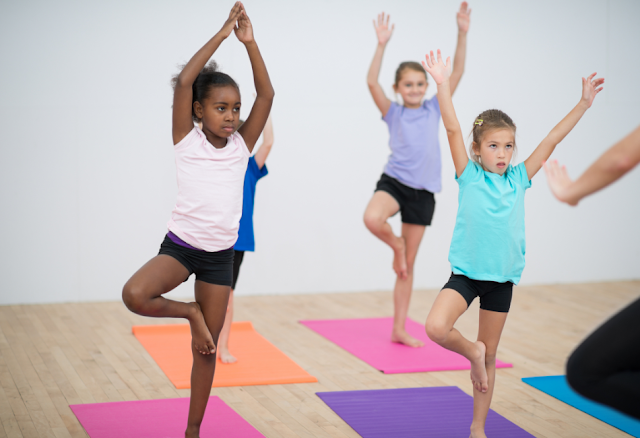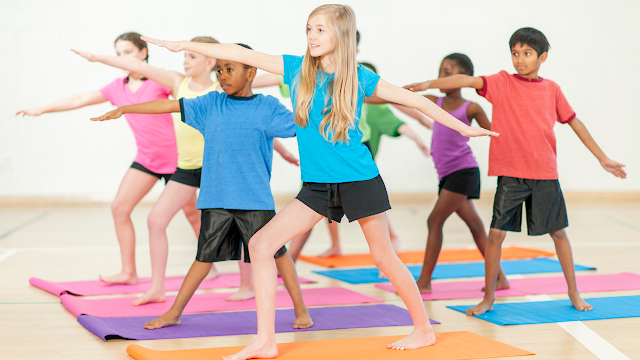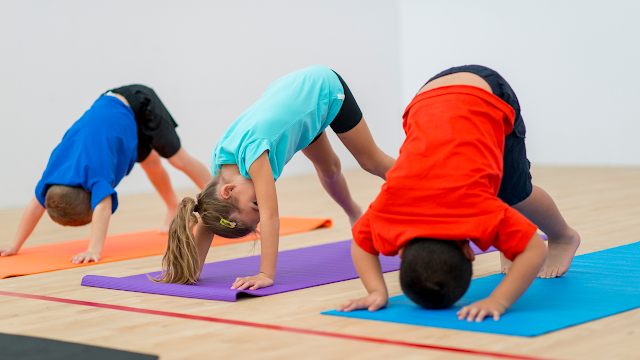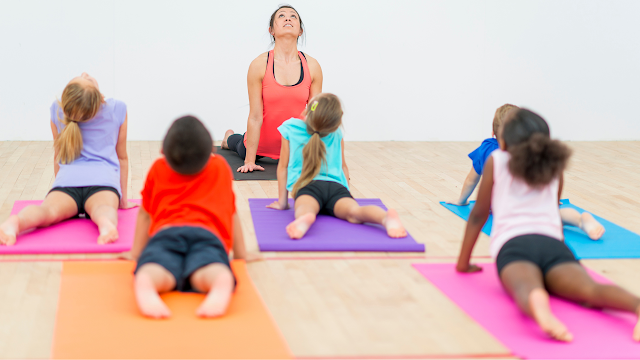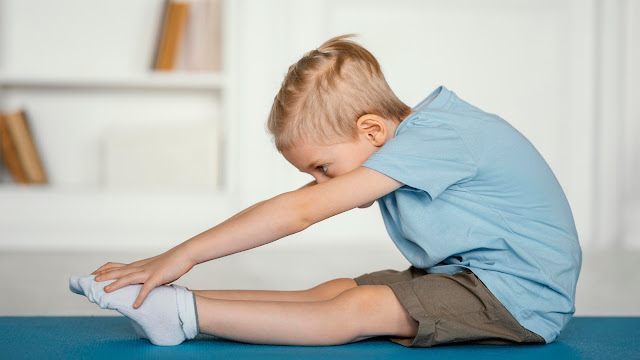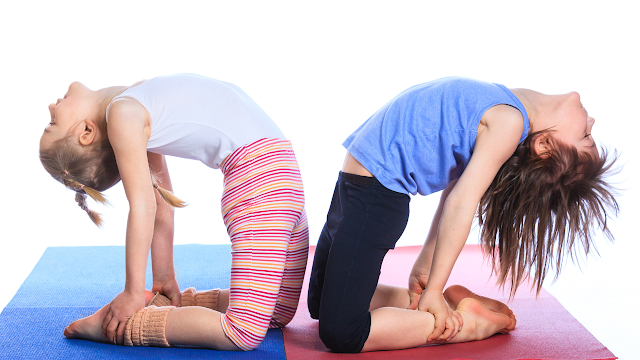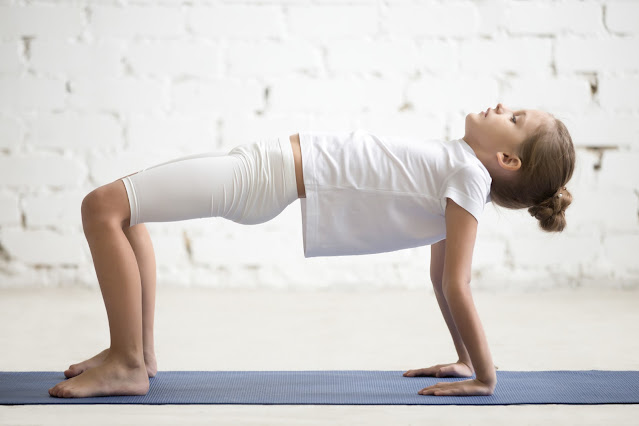Best 10 Yoga Poses for Kids with Autism
Yoga is an effective tool that can help children with autism learn to manage their sensory experiences, develop greater body awareness, and regulate their emotions.
In this context, yoga poses have been found to be particularly helpful as they can provide a calming and grounding effect on both the mind and body.
In this article, we will explore some of the most effective yoga poses for children with autism and how they can be incorporated into a therapeutic program to help improve the well-being of children with ASD.
What Is Autism?
Autism, or Autism Spectrum Disorder (ASD), is a neurodevelopmental disorder that affects communication, behavior, and social interaction.
It is a spectrum disorder, meaning that it affects individuals differently and to varying degrees, but it typically involves difficulty with social interactions, communication, and repetitive behaviors.
Symptoms usually appear in early childhood and can have a significant impact on an individual's daily life. Early intervention and therapy can help individuals with ASD lead fulfilling lives.
Benefits of Yoga for Children with Autism
Yoga is an effective tool for improving focus, attention, and impulse control, which can lead to better academic performance and improved overall behavior. By incorporating yoga into a therapeutic program, children with autism can develop greater self-awareness, self-confidence, and self-esteem, ultimately leading to a higher quality of life.
Here are 10 yoga poses that are beneficial for kids with autism
Child's Pose (Balasana)
Child's Pose, also known as Balasana, is a calming and restorative yoga pose that is often used as a resting position during a yoga practice.
Child's Pose can help to relieve stress and tension in the body, while also providing a sense of calm and relaxation. It can be particularly beneficial for children with autism, as it can help to promote self-regulation and reduce anxiety levels.
Cat/Cow Pose (Marjaryasana/Bitilasana)
Cat/Cow Pose, also known as Marjaryasana/Bitilasana, is a gentle and flowing movement that helps to improve spinal flexibility and breathing.
The cat/Cow Pose can provide a calming and grounding effect on the mind and body. It can also help to improve breathing, which can in turn reduce stress and anxiety levels.
Tree Pose (Vrikshasana)
Tree Pose, also known as Vrikshasana, is a balancing pose that promotes focus, concentration, and stability.
Tree Pose can be particularly beneficial for children with autism, as it can help to improve body awareness and balance, while also promoting a sense of calm and focus.
Additionally, it can be a fun and engaging way to encourage children to practice mindfulness and concentration.
Warrior II Pose (Virabhadrasana II)
Warrior II Pose, also known as Virabhadrasana II, is a grounding and strengthening pose that helps to improve balance, stability, and posture.
Warrior II Pose is particularly beneficial for children with autism, as it helps to improve body awareness, coordination, and strength.
Downward-Facing Dog Pose (Adho Mukha Svanasana)
Downward-Facing Dog Pose, also known as Adho Mukha Svanasana, is a commonly practiced yoga pose that helps to stretch and strengthen the entire body, while also calming the mind.
The DFD Pose can be particularly beneficial for children with autism, as it helps to improve sensory integration, body awareness, and self-regulation. And also help to reduce stress and anxiety levels and promote a sense of calm and relaxation.
Corpse Pose (Savasana)
Corpse Pose, also known as Savasana, is a profoundly relaxing yoga pose typically practiced at the end of a yoga session.
Corpse Pose is particularly beneficial for children, as it provides a safe and nurturing space for them to release tension and anxiety, while also promoting relaxation and better sleep.
Garland Pose (Malasana)
Garland Pose, also known as Malasana, is a grounding and stretching pose that helps to open the hips, groin, and lower back.
The grounding and calming nature of the pose help to reduce stress and anxiety levels, promoting a sense of calm and relaxation.
Seated Forward Bend (Paschimottanasana)
Seated Forward Bend, also known as Paschimottanasana, is a calming and soothing yoga pose that helps to stretch the hamstrings, lower back, and spine.
It can also help to reduce stress and anxiety levels and promote a sense of calm and relaxation.
Camel Pose (Ustrasana)
Camel Pose, also known as Ustrasana, is a back bending yoga pose that helps to stretch the chest, shoulders, and abdomen.
This yoga pose helps to improve posture and breathing. It can also help to reduce stress and anxiety levels and promote a sense of calm and relaxation.
Bridge Pose (Setu Bandha Sarvangasana)
Bridge Pose, also known as Setu Bandha Sarvangasana, is a gentle backbending yoga pose that helps to stretch the chest, neck, and spine.
Bridge Pose helps to reduce stress and anxiety levels, and promote a sense of calm and relaxation. In addition, it can improve overall physical strength and flexibility, particularly in the back and lower body.



